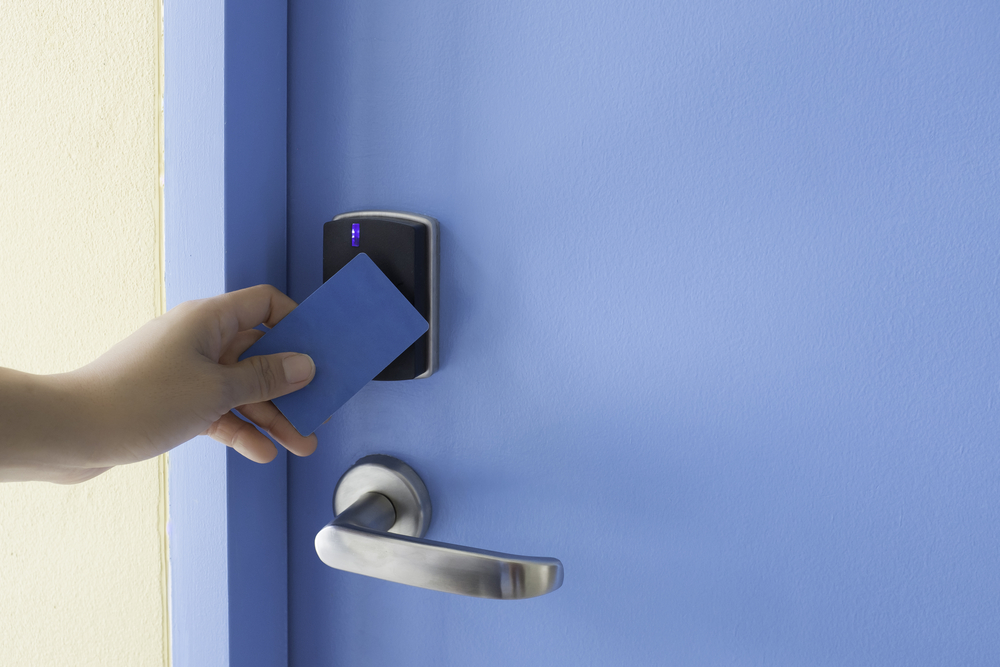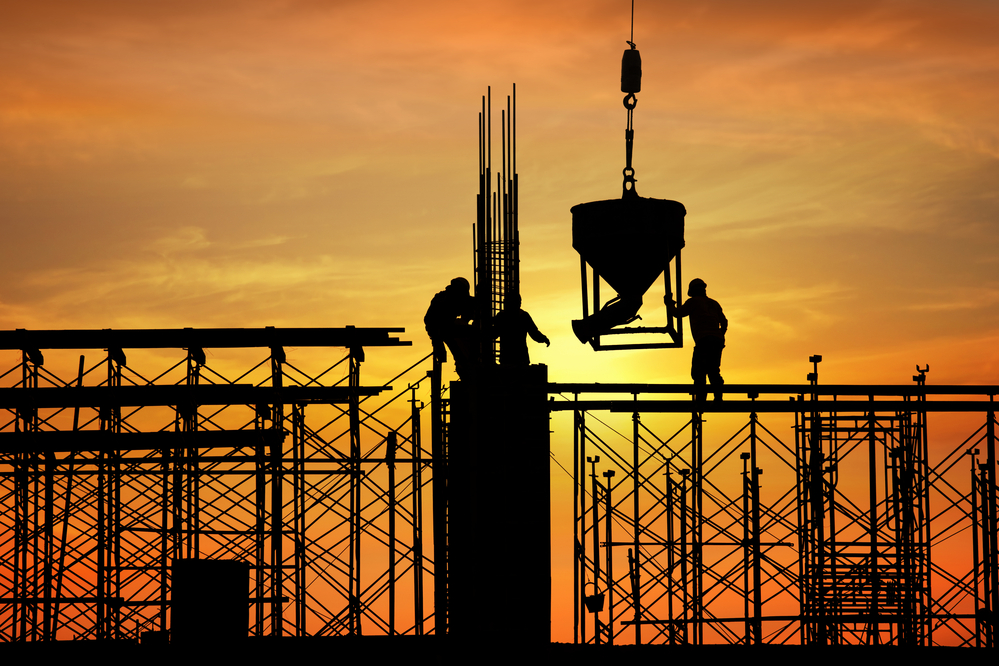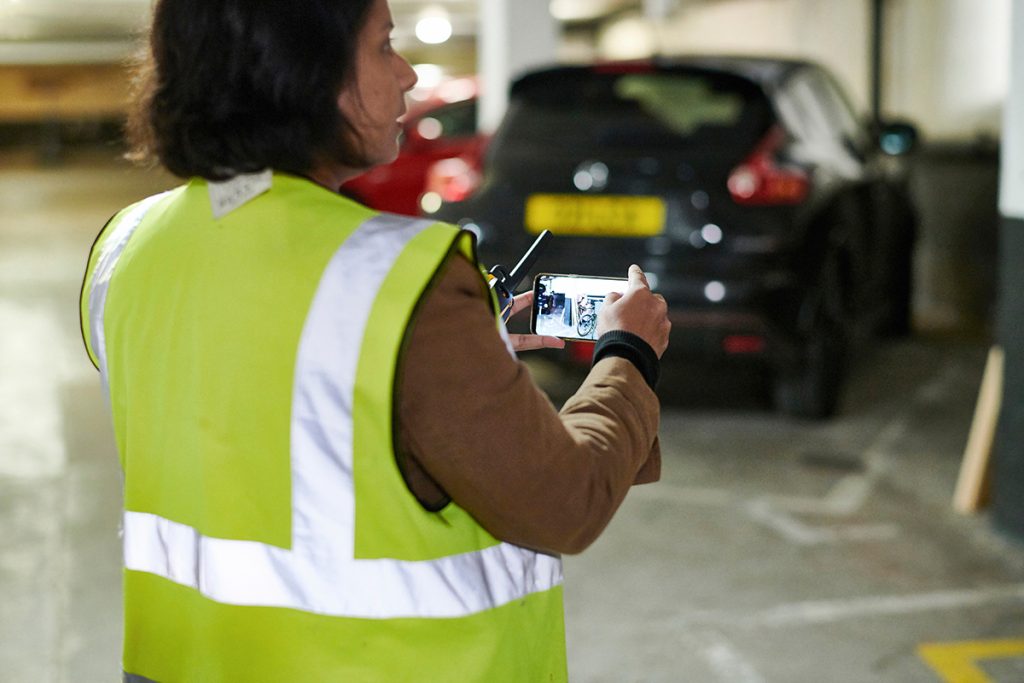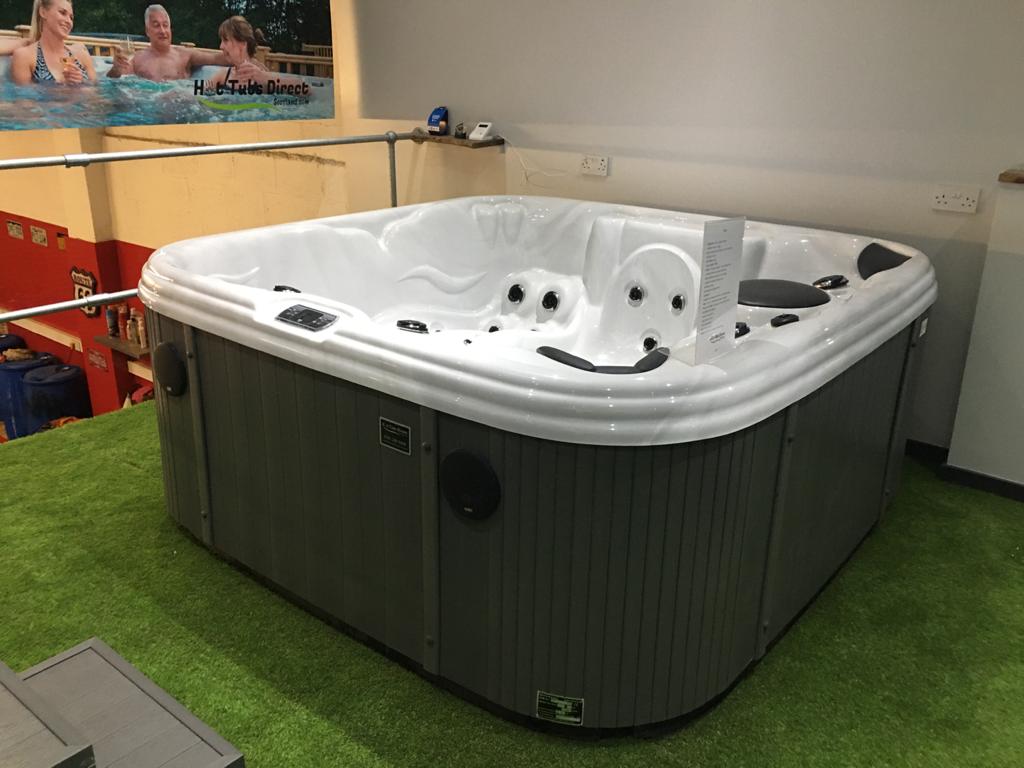Triple glazing technology has advanced significantly over the last decade, changing it from a specialist option to an increasingly common alternative in the construction and refurbishment of energy-efficient buildings.
Triple glazing has evolved as a result of a rising awareness of the need for higher thermal performance, energy economy, and a dedication to sustainable construction practices.
One of the most important areas of advancement in triple glazing technology over the last decade has been the advancement of the materials utilised.
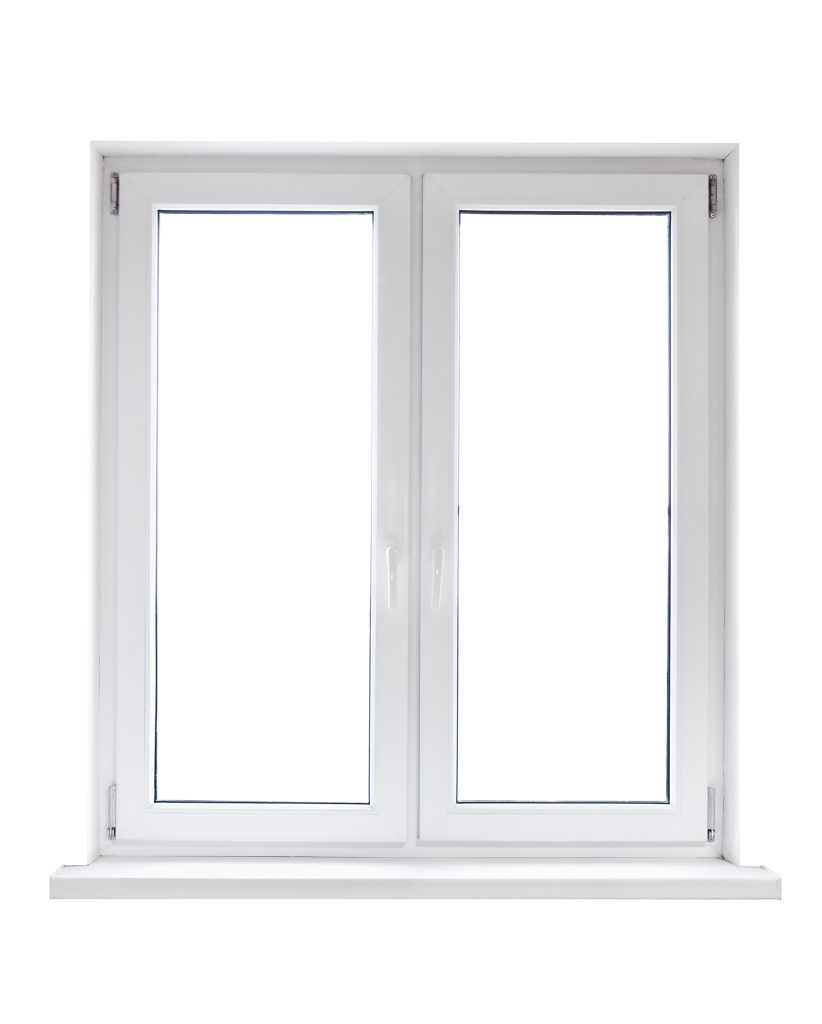
Early triple glazing systems frequently encountered difficulties due to the weight of the glass and the structural stability of the window frames.
However, advances in lightweight yet durable materials, including as composite frames and high-performance glass coatings, have helped to overcome these challenges. As a result, contemporary triple glazing has become more feasible and viable for a wider range of architectural applications.
The insulating characteristics of the gas-filled gaps between the glass panes have been significantly improved. In triple glazing, argon and krypton gases are typically employed to form a barrier that decreases heat transmission.
The development of more efficient gas-filled compartments has resulted in a significant improvement in triple glazing’s overall thermal performance.
This is especially useful in areas with harsh weather, where keeping a suitable inside temperature is vital.
Coating technologies have been crucial in the growth of triple glazing. Low-emission coatings have improved to the point where triple glazing can selectively block or transmit certain wavelengths of energy. This innovation aids in the regulation of solar heat entering a structure while allowing natural light to pass through. This balance is critical for maximising energy economy while also ensuring a well-lit and pleasant interior environment.
Triple glazing design and manufacturing techniques have also been improved. Precision engineering and computer-aided design (CAD) technology have made triple-glazed units more accurate and consistent. This guarantees that each unit fulfils high performance criteria and contributes to the building overall efficiency.
Historically, cost has been a limiting factor in the widespread adoption of triple glazing. However, as the demand for energy-efficient building solutions has grown over the last decade, economies of scale and improved manufacturing methods have led to a decrease in the overall cost of triple glazing.
Triple glazing has become a more appealing choice for households and builders alike because to its low cost and long-term energy benefits.
The increased emphasis on sustainability and environmental stewardship has spurred the growth of triple glazing.
Carbon footprint and energy use in buildings have become worldwide priorities. Triple glazing coincides with these goals due to its higher insulating qualities, making it a popular choice in green construction programmes.
These advancements have led to the rising popularity of triple glazing as a practical and effective alternative for improving thermal performance and energy efficiency in buildings. As the construction industry prioritises sustainability, the trajectory of innovation in triple glazing, and ayr doors and windows is anticipated to continue, further refining and increasing its position in the future of energy-efficient building practises.

